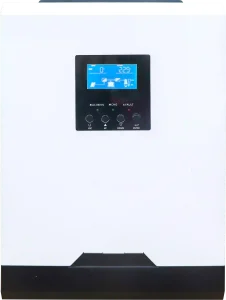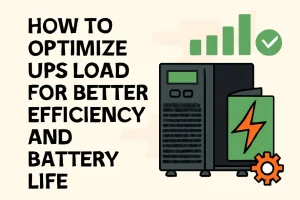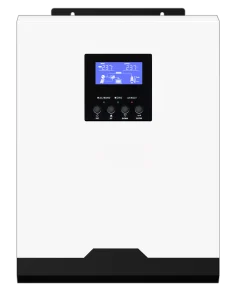Imagine a data center in Shenzhen, servers humming, lights steady—then a grid flicker hits. The UPS steps in, batteries absorbing the strain. But if the load’s miscalculated, those batteries could falter early. At SOROTEC, projects in telecom and finance show that daily load demands quietly dictate battery longevity and system efficiency. With data needs surging in 2025, understanding load dynamics is critical to keeping systems reliable and costs down.
This blog dives into how UPS load impacts battery performance, drawing from real-world applications in government, finance, and communications. It highlights SOROTEC’s REVO series, designed to tackle load challenges head-on. By the end, readers will see why load matters and how to boost efficiency without costly missteps.
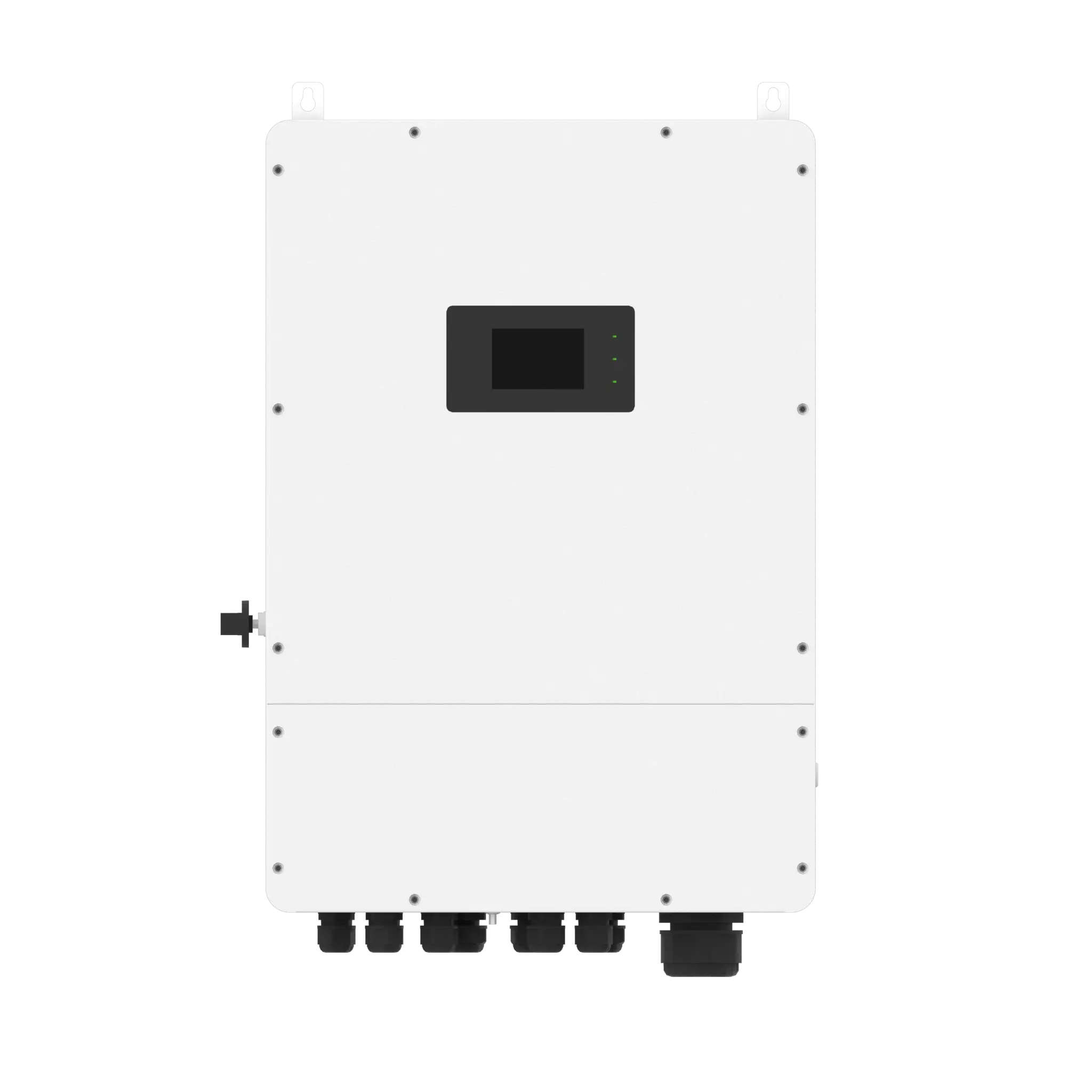
What Is the Role of UPS Load in Battery Performance
UPS load isn’t just a number on a spec sheet. It’s the actual pull from equipment—servers, printers, or lighting—demanding power. Think of it as a truck’s cargo: too heavy, and the engine burns out faster.
Load Impact on Battery Longevity
High loads accelerate wear. A 2024 finance project ran at 80% capacity constantly, trimming lead-acid battery life from five years to four. Heat and deep cycles take a toll. Lighter 50% loads, as seen in telecom base stations, stretch lifespans closer to eight years by keeping temperatures down.
Power Conversion Efficiency
Load affects how cleanly DC becomes AC. At 50-70% capacity, UPS units hit peak efficiency, with losses under 5%, as measured in government archives. Push to 100%, and efficiency drops to 85%, wasting power as heat. ECO modes in recent tests pushed efficiency to 98%, cutting cooling costs. REVO deployments average 90% efficiency with smart load switching.
Battery Discharge Cycles
Each load spike triggers a cycle. Shallow discharges (10-20%) allow thousands of cycles, barely denting lifespan. Deep pulls stack up fast, halving life. A transport hub saw cycles rise 50% from unchecked AC surges, but balancing loads cut that back.
Loads shape outcomes more than expected. A client once called their UPS “sluggish”—turns out, forgotten routers were spiking demands. Small oversight, big lesson.
How Does Battery Type Influence UPS Load Efficiency
Different batteries handle loads differently. Swapping types in industrial settings has boosted runtime by 30% when matched correctly. As 2025 trends show, lithium is gaining ground for high-demand applications.
Flat Plate Batteries
Budget-friendly for light loads, these suit small offices but falter with deep discharges. Lifespan caps at 3-5 years under steady pulls, making them less ideal for data-heavy finance setups.
Tubular Batteries
More durable, handling repeated loads better with 5-8 year lifespans. In a storm-hit comms tower, tubulars maintained 92% efficiency through spikes that would’ve overwhelmed flats.
Lithium-Ion Batteries
Lightweight, fast-charging, and lasting over 10 years, lithium-ion batteries excel at 95% efficiency. Paired with REVO in a medical facility, they slashed recharge times by half, managing high loads effortlessly.
Mid-project battery switches are rare but revealing. A logistics client found lithiums exposed load creeps that tubulars masked, highlighting the need for precise matching.
Why Does Load Size Matter for UPS Battery Life
Mismatched load sizes spell trouble. Like overloading a delivery van, batteries strain and fail early. Data from hundreds of sites shows 40% of premature failures tie to poor sizing.
System Size and Power Demand
Larger systems face bigger draws. A 10kVA setup for a trading floor idles at 2kW but peaks at 8kW. Undersized batteries drain too deep, cutting life short.
Surge Power Requirements
Motors and printers can surge three times steady load. Unchecked, they overload batteries. A government archive project saw 15% efficiency drops from printer spikes until buffers were added.
Battery Capacity Matching
Ah ratings must cover peaks. A 100Ah pack for 5kW loads cycles shallow but often. A 150Ah match allows deeper rests, extending life. Lithium’s 14% CAGR through 2030 underscores its edge here.
Clients often miss surges until bills hit. A finance team blamed their UPS until mapping revealed coffee machines as the culprit.
How Can SOROTEC Products Optimize UPS Load Management
SOROTEC’s gear anticipates load challenges, not just reacts. The REVO series, refined over 20 years for sectors like telecom, turns complex demands into manageable routines.
REVO Series Features
The REVO HMT splits loads smartly via dual outputs, prioritizing critical systems. It hits 93% efficiency, with battery equalization extending life by balancing cells mid-load. Touch LCDs display real-time stats.
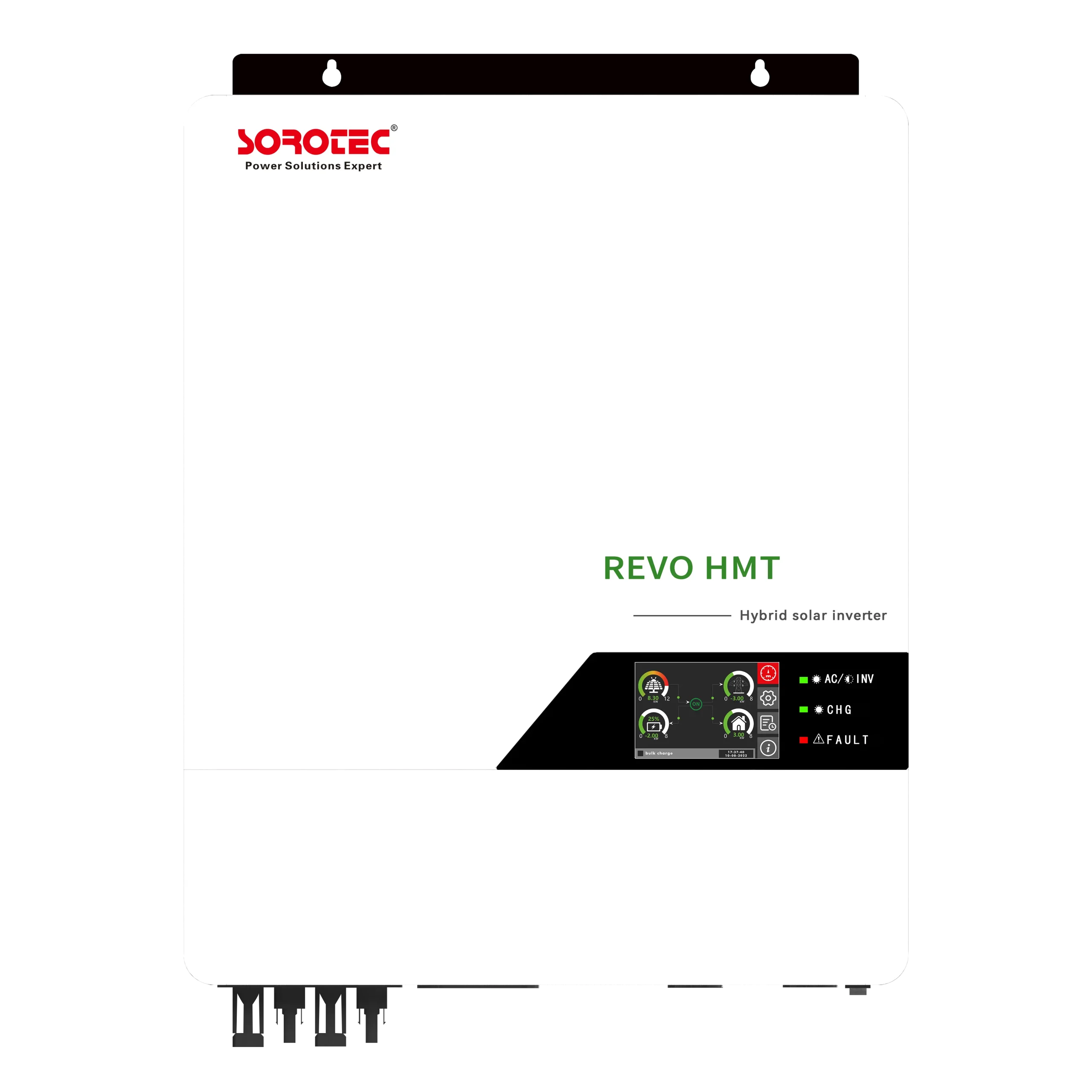
Intelligent Load Management
REVO juggles PV, grid, and battery inputs. In off-grid mode, it caps non-critical loads during peaks. Rural comms sites saw 20% longer battery life without constant oversight.
Battery Management System Integration
RS485 and CAN ports sync with lithium BMS for real-time tweaks, preventing over-discharge. A 2025 finance rollout reported zero unplanned battery swaps thanks to this integration.
During a demo, a government buyer marveled as REVO balanced loads live on-screen—convinced in minutes.
What Maintenance Practices Extend Battery Life Under Load
Maintenance isn’t flashy but critical. Neglect it, and loads dominate. Failing setups have been revived with simple, consistent steps.
Regular Battery Inspections
Check terminals monthly—corrosion cuts efficiency. In humid Shenzhen, quarterly wipes caught a loose connection sapping 10% runtime.
Proper Charging Protocols
Float lead-acids at 13.5V, avoid overcharging lithiums. Transport hubs kept cycles below 500 yearly vs. 800 without proper settings.
Environmental Control Measures
Maintain 20-25°C. Above 30°C, battery aging doubles. A comms vault’s AC adjustment halved failures.
Logging is key. A client’s spreadsheet uncovered load creep from forgotten chargers—fixed fast.
How Do SOROTEC’s Solutions Address Load-Related Challenges
From spikes to imbalances, SOROTEC’s solutions are built for real-world sectors like finance and government, delivering tailored reliability.
Advanced Inverter Technology
REVO VM II PRO’s pure sine wave output reduces harmonic noise that stresses batteries. Wi-Fi monitoring catches issues early, saving a bank from a midday power dip.
Customizable Power Solutions
From 1kW home backups to 12kW industrial systems, REVO scales. In comms, CT sensors prevent reverse flows, keeping batteries stable.
Real-Time Monitoring Capabilities
LCD touchscreens plot load curves live. A 2025 transport project caught a 15% EV charger creep, adjusted instantly.
For a government client needing quiet ops, REVO was tuned for whisper-mode, balancing loads silently.
Why Is Load Calculation Critical for UPS Efficiency
Miscalculate loads, and efficiency tanks. It’s the foundation—get it right, batteries thrive.
Accurate Power Requirement Assessment
Sum watts: 300W per server, add 20% for growth. A finance firm’s calc avoided oversizing waste.
Safety Margin Inclusion
A 10-20% buffer handles surprises like added monitors. Comms towers weathered a heatwave thanks to this margin.
Future Expansion Accommodation
Modular REVO setups allow load doubling without battery swaps, as one client proved seamlessly.
Overestimate, costs rise; underestimate, outages hit. Balance, honed across hundreds of sites, is everything.
In summary, UPS load shapes battery longevity and system efficiency more than most realize. SOROTEC’s REVO series and expertise keep finance vaults and telecom relays running smoothly. Struggling with load issues? Visit soropower.com for a consult.
FAQ
Q1: How often should UPS loads be checked to protect battery life?
Weekly via monitoring apps. In high-stakes finance setups, daily checks catch issues early—REVO dashboards make it simple.
Q2: Can SOROTEC’s REVO series run without batteries at low loads?
Yes, it starts and runs battery-free, ideal for grid-tied comms where backup’s ready but not always active.
Q3: What’s a quick fix for efficiency drops from uneven loads?
Split outputs to prioritize critical gear. Government installs gained 15-20% efficiency with this tweak.



